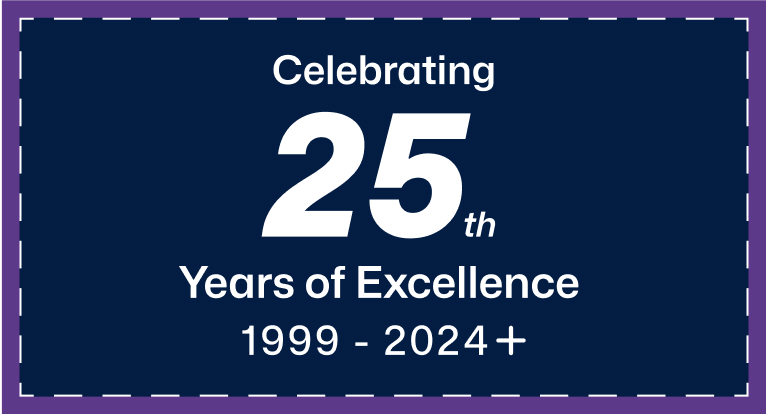SSD / Flash media
Solid State Drive (SSD) has come a long way over the past several years. Gigabyte has made leaps and bounce improvement that SSD now becomes very affordable. Capacity of SSD has also grown many folds that it has becomes the primary storage in almost all portable computers, smart phones and many electronic devices. Due to the limited READ and WRITE cycles, SSD at one time also was considered not as reliable a storage in comparison to a regular hard drive. This too has improved where the reliability of a consumer grade SSD is expected to last over the life span of the electronic device itself.
As is the case with any new technology that undergoes rapid changes, not all SSDs are created equally. Various form of SSDs are now popular in the market. The most common type are SSDs in 2.5” or 1.8” drive form factors. There are also CFast card, mSATA SSD, M2 SSD, CF and SD cards. All these different forms of SSDs are made of the basic ingredient: NAND chips (or flash memory chips) and an interface controller. Different form of SSDs should be selected depending on the type of application. There are also trade-offs in cost, capacity, speed and reliability. For more detail on the SSD technologies and various forms factor of SSDs, please visit the following Wikipedia paper https://en.wikipedia.org/wiki/Solid-state_drive.
PrimeArray SSD offerings focus in the CFast, mSATA and M2 forms factor in MLC or SLC with a wider operating temperature range (commonly called industrial grade). The SLC type ensures a much longer durability that has high TBW (Terabyte Written). For those application that demands the highest reliability, SSDs made with SLC is the best choice. Given the same number of cells and algorithm in managing and replacing defective cells, SSD of the SLC type will always be at least 4 to eight times more reliable than MLC. MLC SSD basically has more storage capacity per cell than the SLC SSD. As a result, the same cell in a MLC SSD will be subjected to a higher READ/WRITE cycles than the SLC SSD, resulting in faster cell degradation in MLC SSD. With continual advancement in cell management algorithm, MLC reliability has improved significantly in recent year. But make no mistake, the SLC NAND will always be more reliable than MLC NAND given the same cell management algorithm.
Majority of the SSDs in the market today are made of MLC type. The volume of the MLC market, together with the higher storage density per cell will always position the MLC SSD at a better price advantage than the SLC SSD. Due to the lower storage density per cell, SLC SSD will always be more expensive but offers the best solid state storage reliability that is required in mission critical applications.
